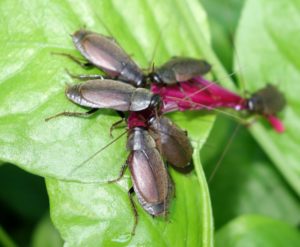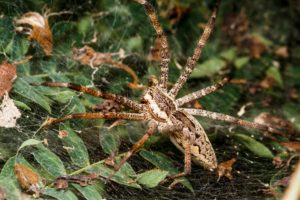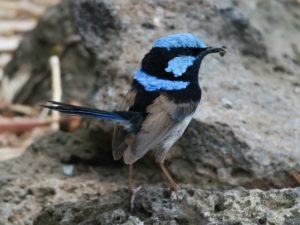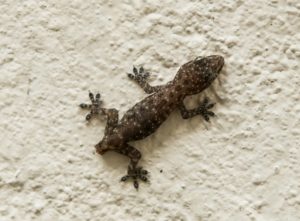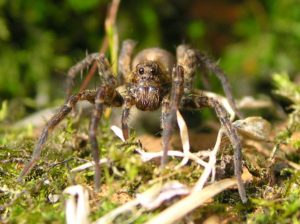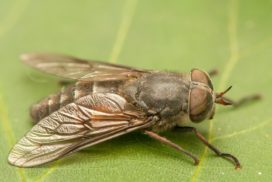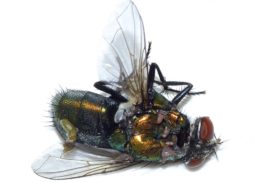HOW LONG DO HOUSEFLIES LIVE?
The female housefly prefers to lay its eggs—up to 150 eggs at a time—on garbage heaps. Within hours the eggs hatch into larvae (commonly referred to as maggots), which hide in manure and feed on the organic material. After 3 to 10 days or more, depending on conditions, the larvae mature and turn into a pupa, surrounding themselves with a capsule in which the worm transforms into an adult fly.
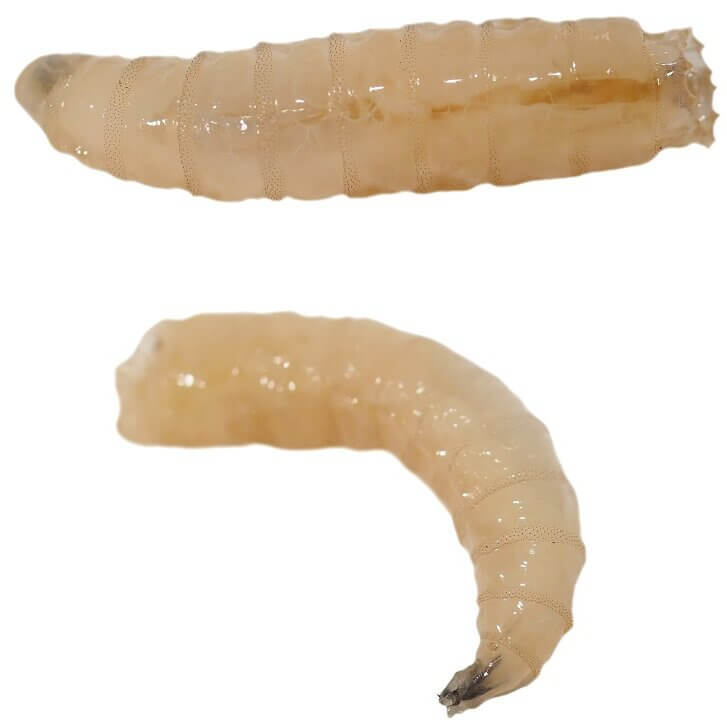
Fly Larva
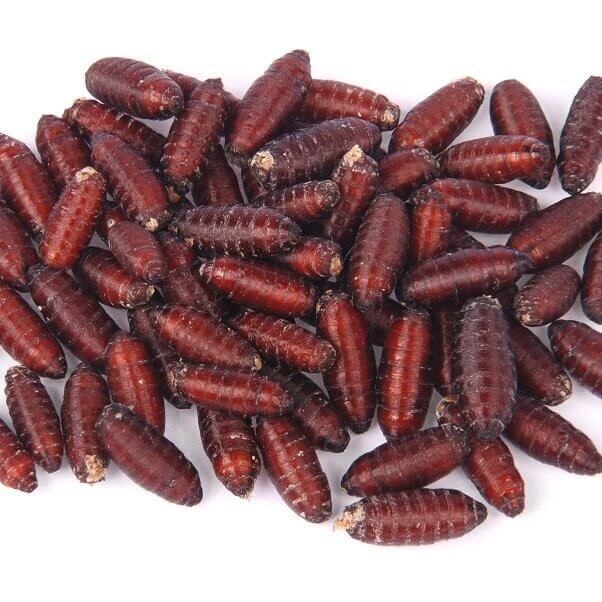
Housefly Pupa
The maggots choose a suitable place, usually a dark place to pupate. The pupa stage takes 2 to 10 days. A newly hatched female housefly is capable of reproduction within 2 to 3 days. A fly lives for 15 to 30 days, depending on the prevailing conditions.
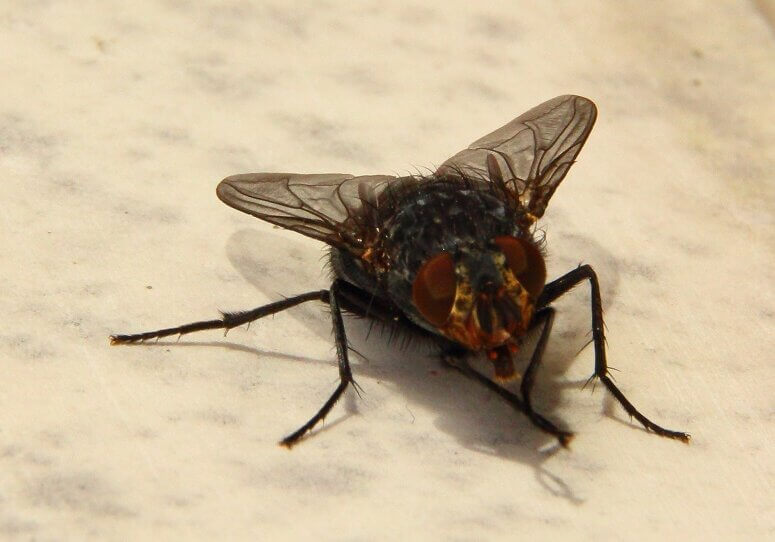
Housefly
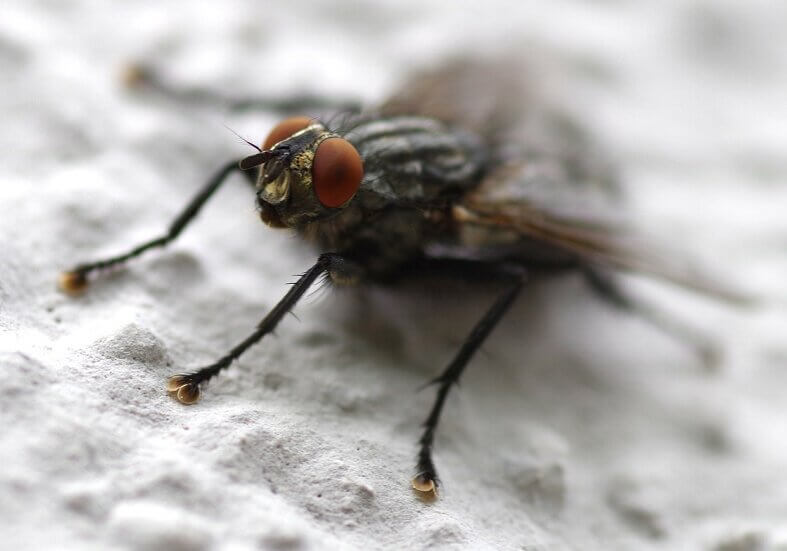
Recent posts
Join us on social media or subscribe!
Sign up to receive our articles in your inbox!
Enter your name and email address below to subscribe.
